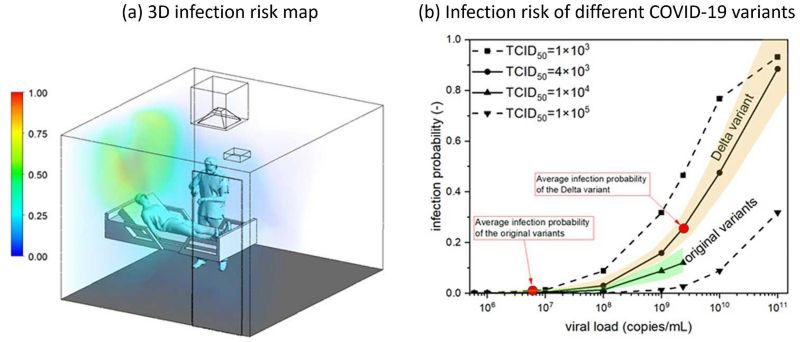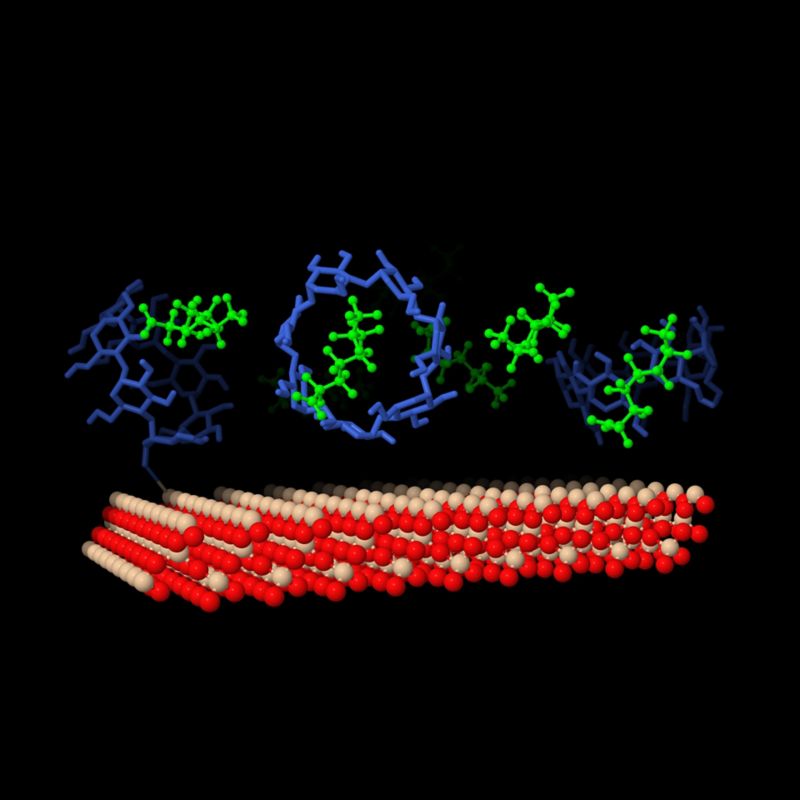Dr Xiangdong Li - AFFILIATE
Since the outbreak of the COVID-19 pandemic, indoor spaces have been the major venue for the disease to spread from person to person.
Spatiotemporally solved predictive models that can comprehensively account for various engineering and clinical/epidemiological factors (e.g. building design, HVAC layout, occupant movement, SARS-CoV-2 variants and stage of infection, the extent of personal protective equipment (PPE), and immunisation) are highly demanded in the global fight against COVID-19.
Supported by the Victorian Higher Education State Investment Fund (VHESIF) and in collaboration with partners from the healthcare, commerce, and manufacturing sectors, RMIT University is developing such a comprehensive predictive platform that holistically integrates the above factors into a single model. By combining the latest computational fluid dynamics (CFD) techniques, epidemiological models, and clinical/virological data for COVID-19 variants, the platform can generate high-resolution, quantitative ‘risk maps’ for COVID-19 infection in indoor spaces (Figure 1).
This capability is critical to the development of effective prevention & protection strategies. The predictive platform also provides a universal theoretical framework to develop fit-for-purpose predictive models for other airborne diseases such as influenza, measles, tuberculosis, etc.

The project was conducted in conjunction with the Victorian Higher Education State Investment Fund.

Materials Modelling
Computational fluid dynamics (CFD), fluid-structure interaction (FSI), 3D printing (stereolithography, PolyJet), selective laser melting, modelling process, direct laser metal deposition, fused deposition modelling, object printing